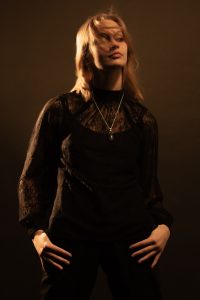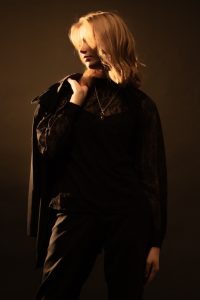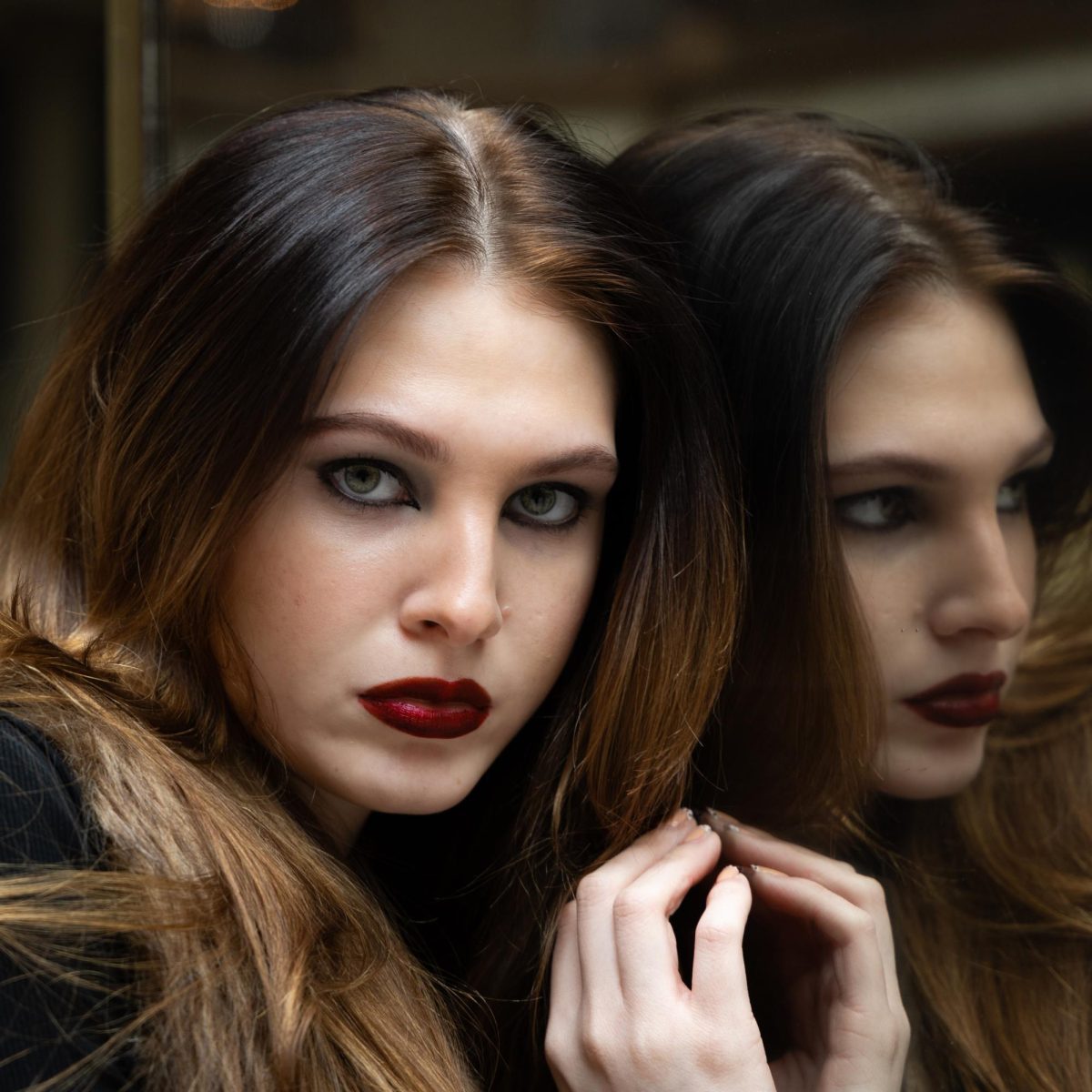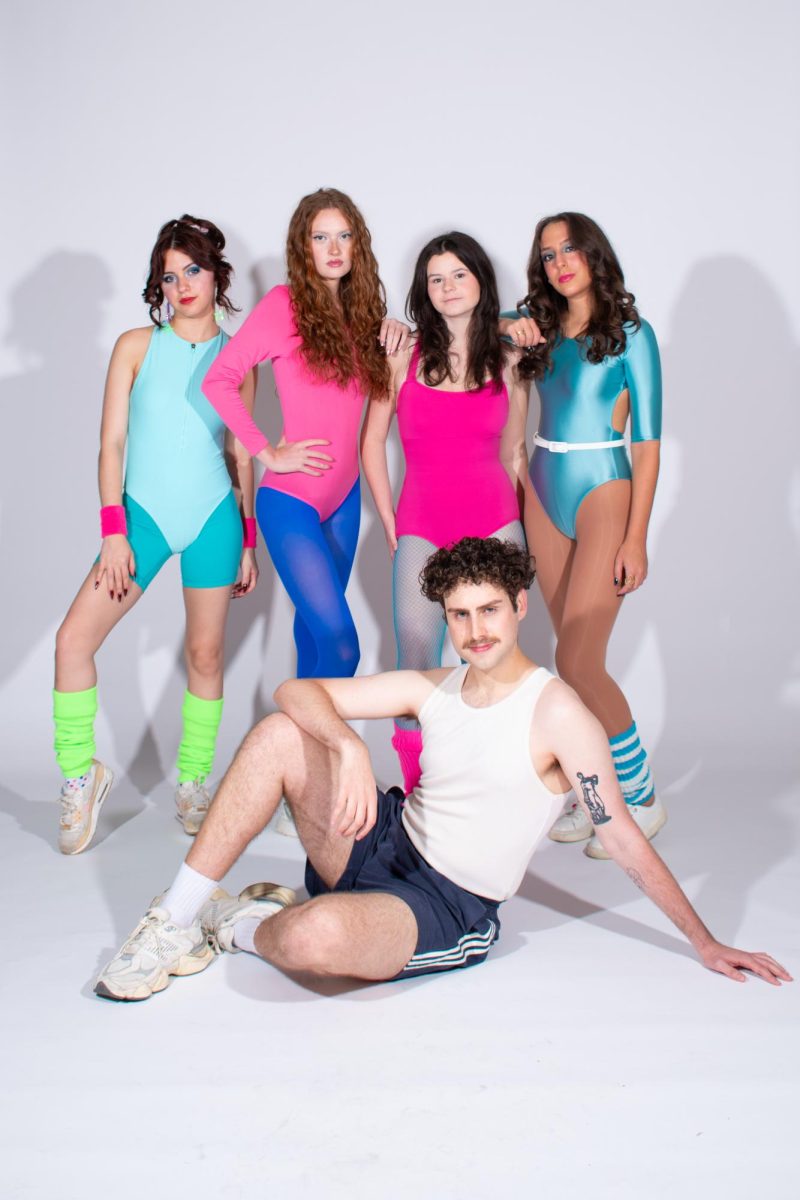Fashion has remained a way to express individuality and redefine gender norms. Fashion is not only fabric and accessories coming together, it also reflects the nuances in society. Clothes help shape our perceptions of masculinity and femininity and, for a long time, were used to reinforce outdated stereotypes.
Clothing choices begin early, with parents choosing to dress babies in pink or blue to signal their gender. As stated in the article The Eye of the Beholder: Parents’ Views on the Sex of Newborns, “Once children are born, families, especially parents, truly begin to gender their children. Within the first 24 hours after birth, parents create gender-differentiated expectations for their children.” These gendered differences indicate how people are expected to act, think and look. Yet, a revolution continues to grow, particularly among Gen Z, a generation that has rejected gendered norms in fashion in favor of a fluid approach to understanding their identity.
Part of this movement is supported by the growth of the hashtag #DeGenderFashion, launched by activist Alok Vaid-Menon in 2019. As Vaid-Menon says on their website, “Degendering fashion will proliferate more images of people like me so I won’t have to be the first that people encounter, will create more expansive images of masculinity and femininity such that we aren’t read as incongruous, just another way to be.” The focus of this campaign is to challenge rigid gendered boundaries in the fashion industry by choosing clothes that defy gender stereotypes.
Though the rise of genderless fashion began gaining notable traction in 2020 as Women’s World Daily reports, it is not a new concept to society. Androgynous fashion was first recognized for clothes that refused to follow gender norms in the 1960s as a shift away from the nuclear family structure. Designers like Yves Saint Laurent became pioneers in androgynous fashion fusing men’s and womenswear creating a new era on the runway.
This movement gave rise to a new generation of designers who pushed the boundaries of gendered fashion. Notable stars such as David Bowie’s Ziggy Stardust to Marlene Dietrich’s dared to wear tuxedos in a time of dresses. Now, androgynous fashion is a staple in many runway collections.
Whether it’s the visionary designs at Gucci or Harry Styles gracing the cover of Vogue wearing a dress, many significant milestones have occurred towards androgynous clothes. There is a renaissance happening in androgynous fashion with designers choosing to experiment with bold prints, vibrant colors and fluid silhouettes to defy traditional expectations. Floral patterns are no longer exclusively feminine, and dark structured clothing is no longer only masculine. The lines have blurred between genders and fashion contributes to the chaos.
Androgyny peaked during London Fashion Week in 2023 which focused on creating looks that honored the late Dame Vivienne Westwood, whose punk, androgynous styles ruled runways for decades. Simone Rocha showcased romantic pieces while featuring leather pants and crochet vests that added strength to the designs. Roksanda Ilincic’s psychedelic-inspired designs portrayed bold colors with innovative silhouettes honoring Westwood.
In 2024, there are several brands to watch leading the charge in androgynous fashion. Rick Owens redefines genderless fashion with his latest collection of “PORTERVILLE,” seamlessly blending feminine and masculine aesthetics. In an article Rebel Heart: In Conversation with Rick Owens, Owens says, “The world can be a very judgmentally condemning and overly moralistic place. I feel a responsibility to counterbalance that”. Namilia’s co-founders Nan Li and Emilia Pfohl create statement pieces focusing on empowering different identities. Willy Chavarria reinvents American styles through a Latino lens while Matty Bovan creates avant-garde pieces pushing the boundaries of gender and body consciousness.
For now, the trends captivating the androgynous fashion scene include coveralls, which are perfect for layering or dressing up. With Brat summer ending, bright colors are continuing a comeback from the clean girl aesthetic and sleeveless styles still dominate.
As fashion continues to evolve, androgynous styles serve as a way for people to explore their identities and push against society’s gendered norms. By incorporating fluid silhouettes, bright colors and bold statement pieces, people feel ready to celebrate who they are and who they want to be.
Support Student Media
Hi! I’m Kayla Friedman, A Magazine’s editor-in-chief. My staff and I are committed to bringing you the most important and entertaining news from the realms of fashion, beauty and culture. We are full-time students and hard-working journalists. While we get support from the student media fee and earned revenue such as advertising, both of those continue to decline. Your generous gift of any amount will help enhance our student experience as we grow into working professionals. Please go here to donate to A Magazine.





























